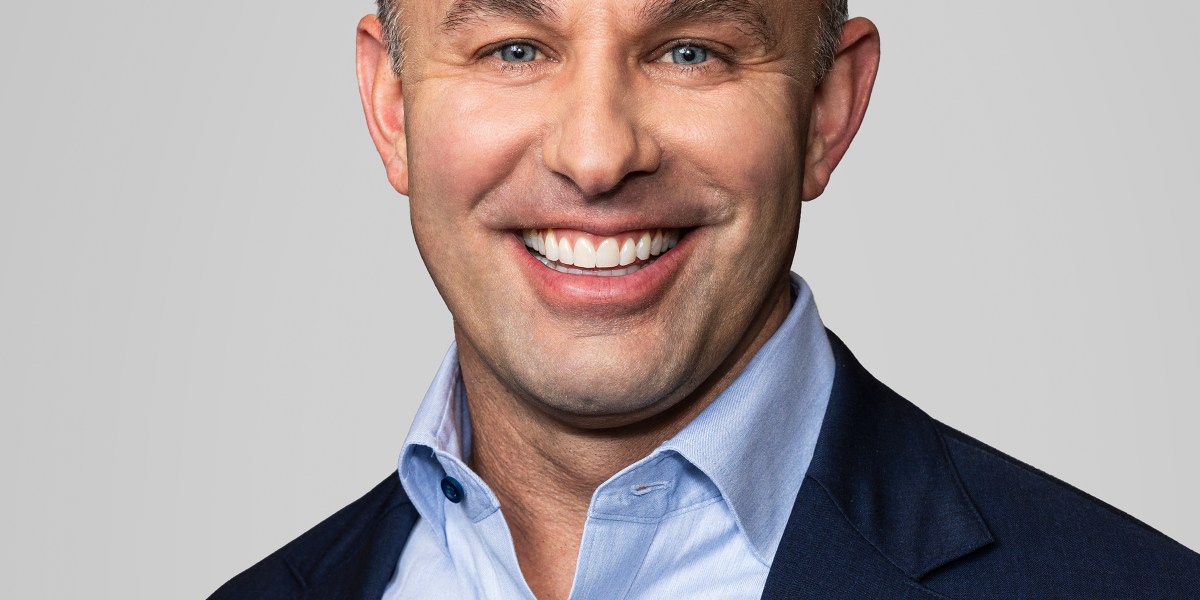
"Chief commercial officer Matt Guffey describes the effort as a structural transformation rather than a short-term fix. It includes a reorientation of UPS's business model, shifting away from low-margin e-commerce deliveries toward industrial, healthcare, and supply-chain clients that offer steadier, higher-value contracts. Artificial intelligence and data automation now play a central role in daily operations, Guffey says. In UPS call centers, machine-learning systems route inquiries based on customer needs and expected resolution times,"
"UPS beat Wall Street's profit expectations last quarter, driven not by stronger demand but by deep cost cuts. The company eliminated 34,000 jobs and closed 93 facilities-a 70 percent increase from earlier projections-reflecting a broad restructuring aimed at stabilizing margins after a period of sluggish growth and rising expenses. Automation, however, has brought workforce challenges. Thousands of positions have been eliminated as UPS consolidates operations and automates tasks once handled by people."
UPS beat Wall Street profit expectations last quarter primarily through deep cost cuts rather than stronger demand. The company eliminated 34,000 jobs and closed 93 facilities, reflecting a broad restructuring to stabilize margins after sluggish growth and rising expenses. The business model is shifting away from low-margin e-commerce deliveries toward industrial, healthcare, and supply-chain clients with steadier, higher-value contracts. Artificial intelligence and data automation now play central roles in call centers, routing inquiries, optimizing delivery routes, managing capacity, and forecasting demand. Thousands of roles have been automated, and plans exist to redeploy workers into data analytics, network efficiency, and customer experience roles with retraining and early communication efforts. Modernization faces cultural challenges inside a longstanding organization.
Read at Fortune
Unable to calculate read time
Collection
[
|
...
]